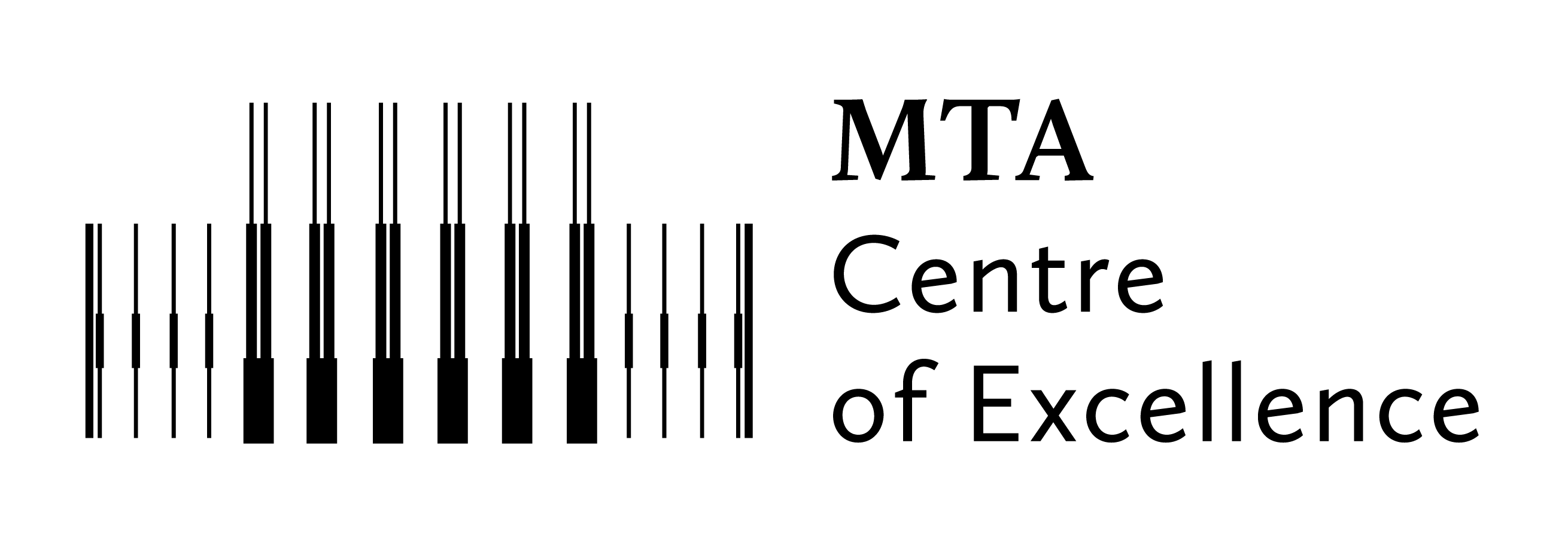Nanostructures and applied spectroscopy Research Group

Department
Applied and Nonlinear Optics Research
Group leader: Veres Miklós
Webpage:
Publications of the group: link to the database of the Hungarian Scientific Bibliography
The research areas of the Nanostructures and Applied Spectroscopy research group are Raman and photoluminescence spectroscopy; development of new measurement techniques based on classical, surface-enhanced and stimulated Raman scattering and their application to biological and inorganic samples; and the investigation and targeted modification of the structure and properties of carbon-based nanostructures (nanodiamonds) and disordered materials (amorphous carbons, chalcogenides).




